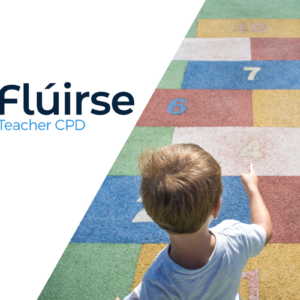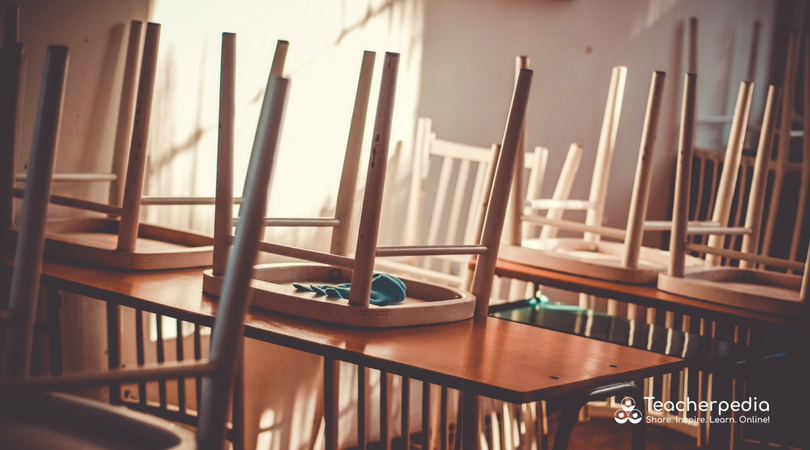Your classroom may be overrun by learners, but that doesn’t mean that it has to feel that way. A crowded classroom isn’t the best situation for either you or your learners, but there are many teaching circumstances where there is no alternative but to have too many learners in one room. Here’s how to make the best of it.
Consider the Type of Interaction You Want with Your Learners.
Will there be a lot of small group activities or games in your class? Or are learners going to be seated most of the time doing worksheets and working independently? Or is there going to be a mixture of both?
Also, consider whether you will be teaching the whole class at once or small groups. This will determine where you place yourself for instruction and where you put desks or tables so that learners can all see you at once.
The Teacher Desk
There are different schools of thought about whether to even use a teacher desk. If you do use one, think about whether you’re just going to store papers or mark there, or whether it’s going to be a place where learners come for help. It is a big piece of furniture, and you either want it accessible to everyone or out of the way.
Extra Furniture
Since you’re in a crowded classroom, get rid of the extra bookshelves and filing cabinets that you don’t need. Move to digital storage of some of your files. Clean out old books that learners never read anyway. Make the most room possible for your learners.
Rows and Columns
In this teacher-centered instruction seating plan, individual work is encouraged. It cuts down on disruptions and cheating. It’s great for demonstrations, taking tests, and presentations. It’s also easier than some other plans to supervise. However, it doesn’t really support learner-centered work, and it’s easier for learners to lose focus. It’s also hard for teachers to move from one learner to another.
You can also break up rows and columns into smaller groups on each side of the classroom with a runway so that you can reach learners more easily. This can also increase small group interaction.
Horseshoe
With your learners seated in a horseshoe shape, they’re better able to interact with each other. It promotes participation and discussion. There is also a large area that is open for presentations and demonstrations. It’s not great for small group work, and it may be intimidating for shy learners, though. Behaviour may be harder to control, and with a larger group, it may be harder to promote discussion.
Clusters
In clusters of about four desks around the class, there is more opportunity for learners to interact, and learners may feel safer sharing their ideas in small groups. It encourages cooperation and teamwork, and you can form groups strategically. It is good for small spaces, too. On the downside, it increases noise level and distractions, and learners may be less productive. It may also be harder to assess individual learners’ understanding level.
If none of these work for your larger classroom and particular group of learners, try a combination. Some of the learners could be in clusters, for example, and others could be in individual rows and columns. Some learners can work together on small group projects in clusters while others work on individual work in rows and columns. They don’t have to sit in the same desk every day. This mixed configuration supports classes with different learning levels and where different methods of learning happen. It can also help cut down on behavioural issues.
References:
http://www.teachhub.com/seating-chart-tips
http://www.displays2go.com/Article/Effective-Classroom-Seating-Arrangements-32

Snapplify and FNB Collaborate for Success
Navigating the educational landscape as parents and caregivers often means balancing financial constraints with providing the best opportunities for our children. In South Africa, the

 Supporting a Child with Numeracy Difficulties as a SET
Supporting a Child with Numeracy Difficulties as a SET 
